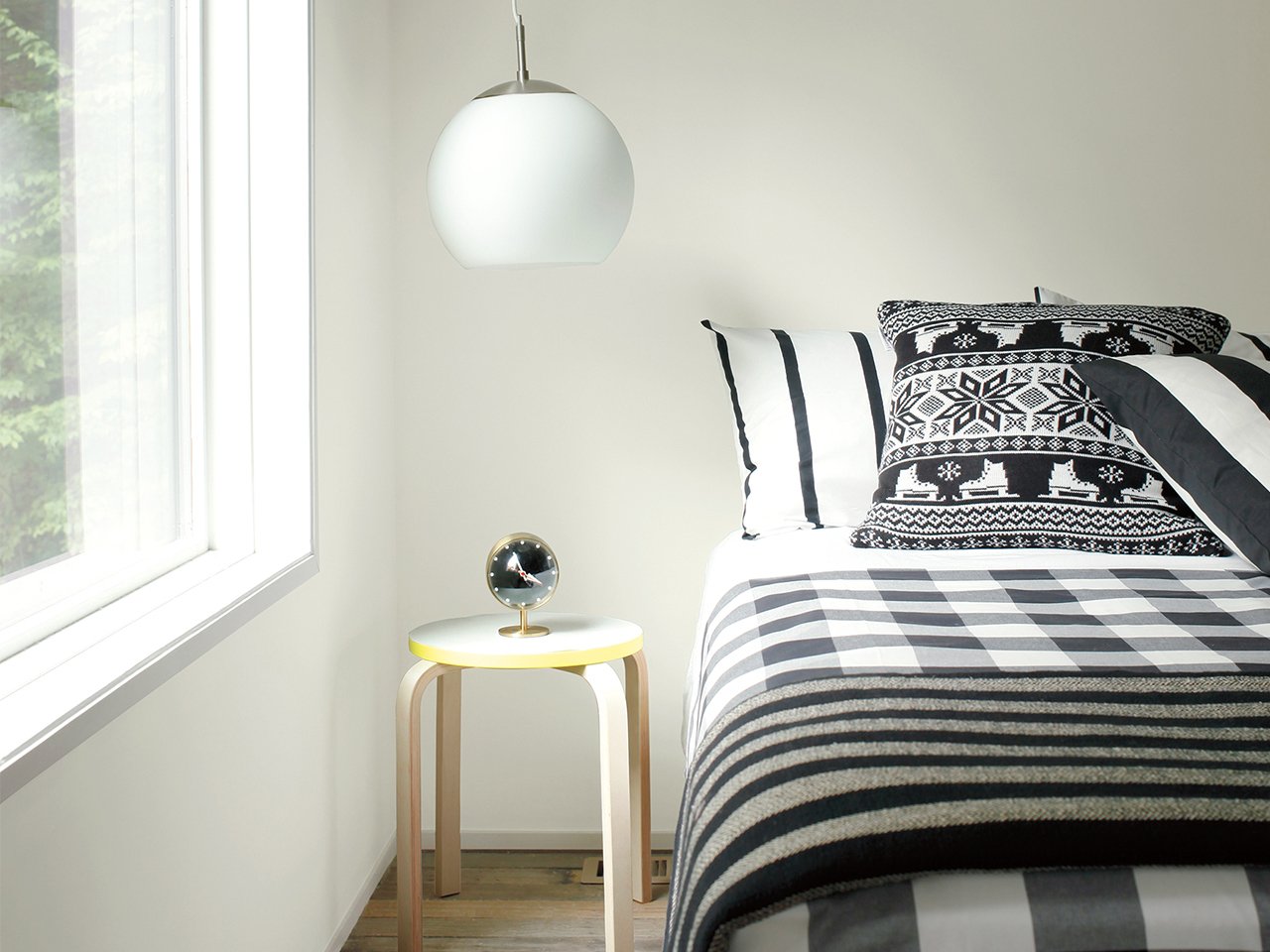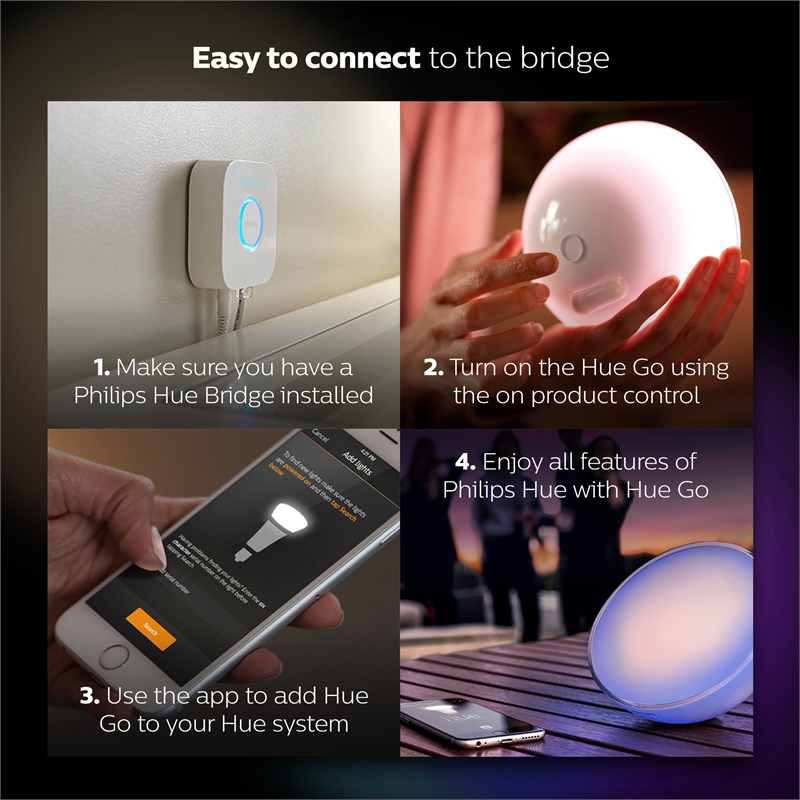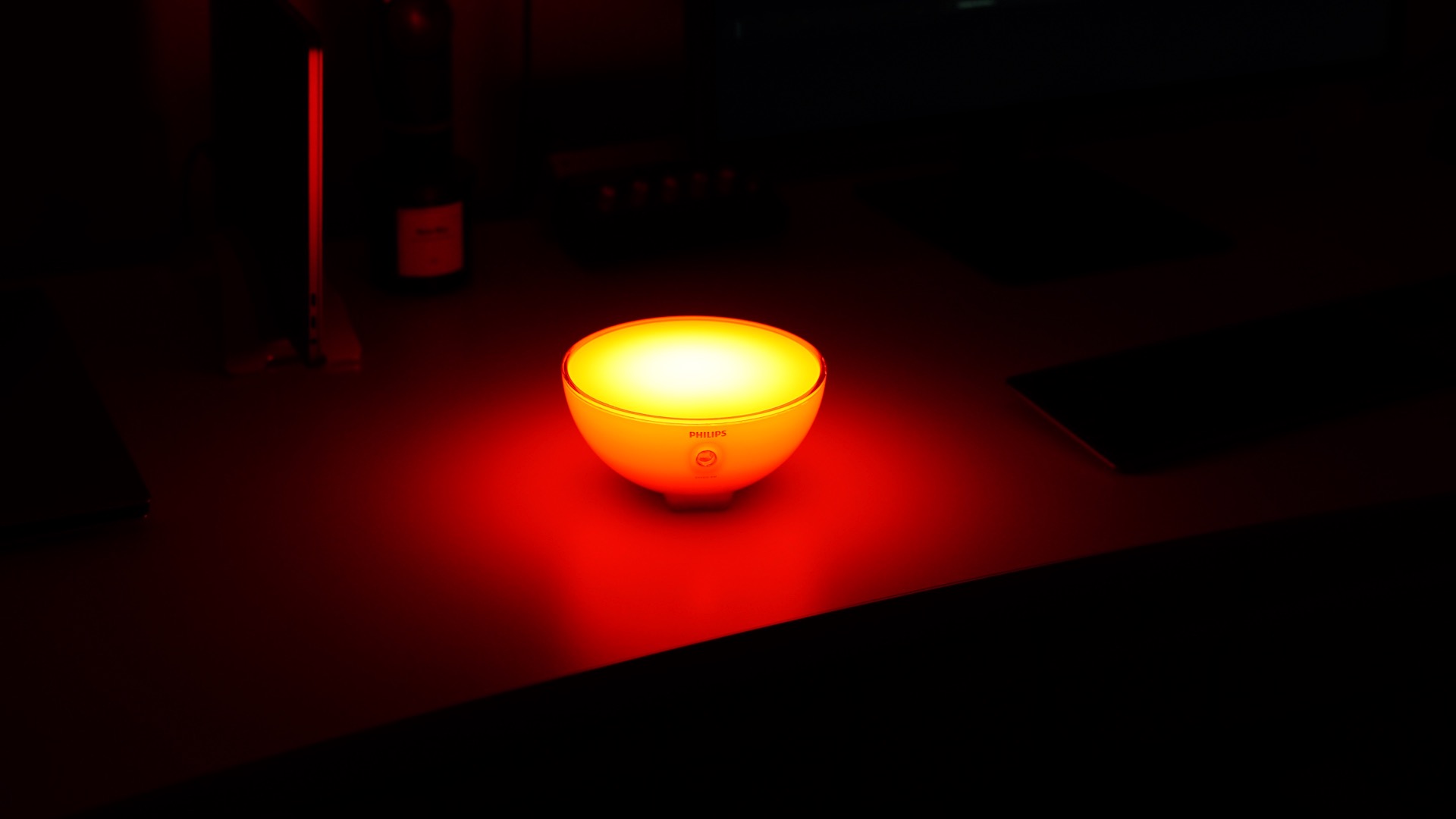


Just tap the button on the Go and you can cycle through several pre-set scenes, and there’s nothing stopping you from using those and never connecting the Go at all.īut of course, this being Hue, you’ll get the most from it used with a smartphone.

The beauty of this Hue product is that you don’t even need to connect it to Wi-Fi or a smartphone to use it. In fact, the Go is ready to “go” right out of the box. You won’t need the power adaptor all the time, as the light can run from its internal battery Now it’s only a little awkward, since the stand sometimes isn’t enough to stop the power cable shifting the Go on its axis – but, hey, it’s less awkward than before. It now sits to the side of the power socket, where it used to be located directly below, making propping up the Go super-awkward. The stand is in fact the one thing that’s changed in the new model. The shape of the Hue Go hasn’t changed since its conception. Its domed design allows it to sit like a bowl, but the moulded stand means you can also prop it upright. Related: Best smart lighting Philips Hue Go design and installation – Ready to glow right out of the box Perhaps as a desk light for working during the day, but which you can carry to the nightstand for reading at bedtime. This portability is just as useful in the home. Just don’t get it wet – it isn’t waterproof. It runs off a battery and can withstand humidity, making it perfect for a trip out to the garden or maybe the beach. The core idea remains the same: the Go is supposed to be a Hue light you can take anywhere.
#HUE GO LIGHT PORTABLE#
Now, four years on, Signify (Hue’s owner) has made several improvements to its portable smart light, which are seemingly minor in isolation but combine to make the Go a much better, far more portable product. When it launched in 2015, the Philips Hue Go felt like a great idea in need of better execution.


 0 kommentar(er)
0 kommentar(er)
